#Shinto Gate
Text

Chuzenji Temple at Utagahama Beach, by Kawase Hasui (1931).
410 notes
·
View notes
Text
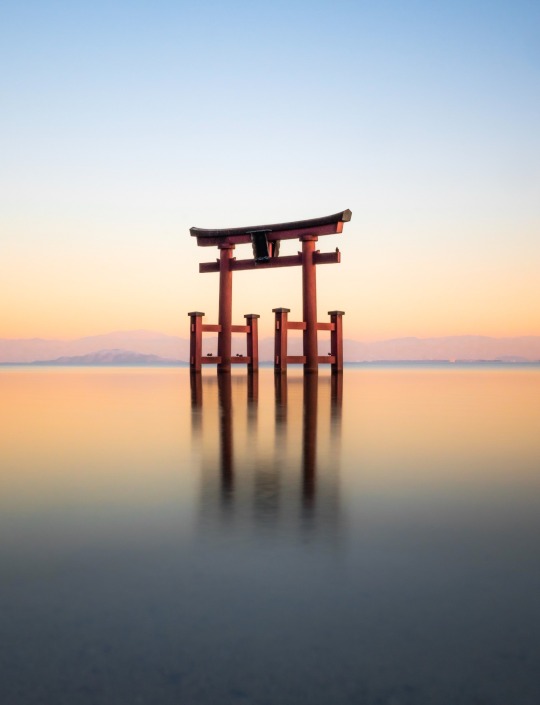
Shinto.
#photographers on tumblr#lensblr#original photography on tumblr#japan#artists on tumblr#original photographers#photography#shinto#torii gate
784 notes
·
View notes
Photo


Jumy-M
Torii Gate and Dragon at the Chozuya / 鳥居と龍
241 notes
·
View notes
Text

136 notes
·
View notes
Text

Nezu Shrine Torii Gates. @visittokyo-blog @templesofficial @japan
#original photography#photographer on tumblr#pws photos worth seeing#pathway#torii gate#letters#Nezu Shrine#temples of japan#shrine#red#travel#photography#shinto#tokyo#japan
17 notes
·
View notes
Text
youtube
Legend has it that during a time of famine mushrooms sprouted, enough to save the local populace.
12 notes
·
View notes
Text

YOMEIMON GATE - JAPAN
49 notes
·
View notes
Text

Fox McCloud is easy the coolest divine messenger!
⛩️🦊⛩️
#history#star fox#shigeru miyamoto#fushimi inari taisha#fox mccloud#video game history#nintendo#fox#shinto#animals#japanese history#gamer girl#video game icons#inari#torii gate#video games#animal history#japan#landmarks#super smash bros#holy site#video game development#japanese culture#kyoto#nickys facts
28 notes
·
View notes
Text
Stopping by Second Torii Gate of Hakone Shrine
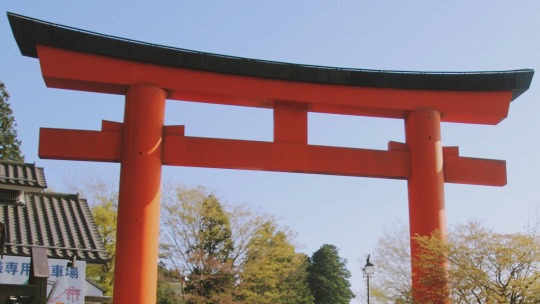
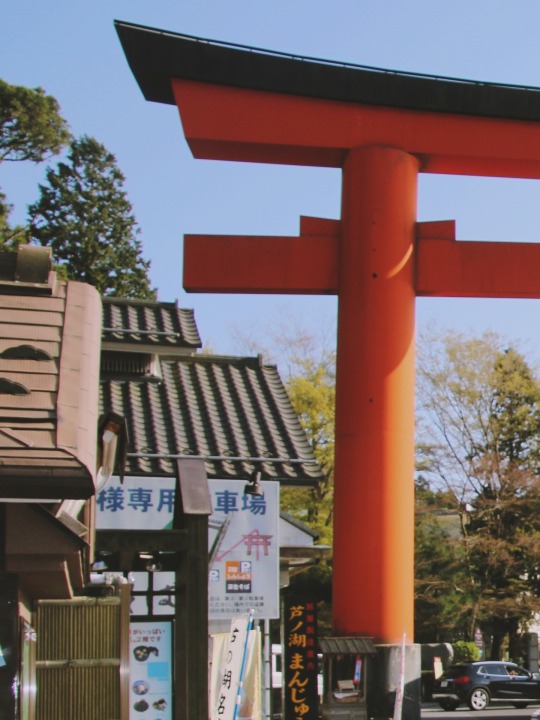
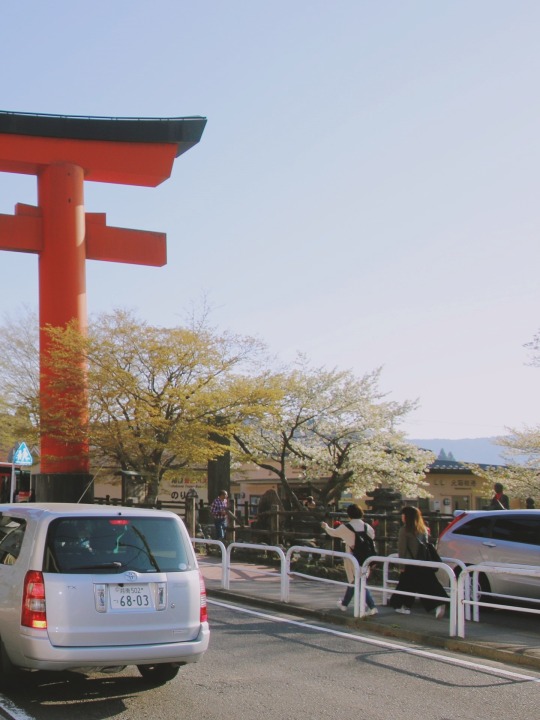
#Cherry Blossom#Flowers#Spring#Ashigarashimo#Hakone#Shinto Shrine#Hakone Shrine#Torii Gate#Lake Ashi#Ashinoko Lake#Motohakone#Hakone Lake#Kanagawa#Japan
10 notes
·
View notes
Text
🇯🇵✨️Elliott's Japan Trivia Corner ✨️🇯🇵
(for real this time)
⛩️Torii: the gateway to the divine world
(Disclaimer: I am in no way an expert on Shintoism, which is an incredibly old and complex religion with no set doctrine. Everything written here comes from my own experience in shinto shrines and from stuff I've read in books and online.)
If you've ever heard of Japan then you have heard of these big-ass red wooden gates: ⛩️torii⛩️
They typically mark the entrance to shinto shrines, ie the separation between the world of the kami (deities and nature spirits) and the world of humans. When you pass under a torii to access a shrine, you metaphorically pass into the spirit world, where you can commune with the kami.
But one does not simply walk through a torii.
⛩️How to cross a torii like a true Japanese!⛩️
If you are visiting the shrine to pray/pay respects to a kami:
Bow as you enter the torii.
Walk on the inner sides of the torii, as the middle of the path is reserved to the kami.
If possible, avoid the middle of the path through the shrine, for the same reason.
When leaving, leave through a torii if possible (sometimes the shrine will have multiple entrances/exits and not all of them have a torii, it's not a big deal if you don't cross one on your way out, you won't be, like, stuck in the spirit world).
When exiting through a torii, turn back toward the shrine and bow one last time.
If you are not here to pray:
Sometimes shrines stand on the way to some other place you're going.
If the torii has walkable space on its outer sides, it is better to walk outside the torii.
If it doesn't, walk inside the torii, avoiding the middle of the path (because kami highway).
You can bow if you want to be polite to the kami, but it's not necessary.
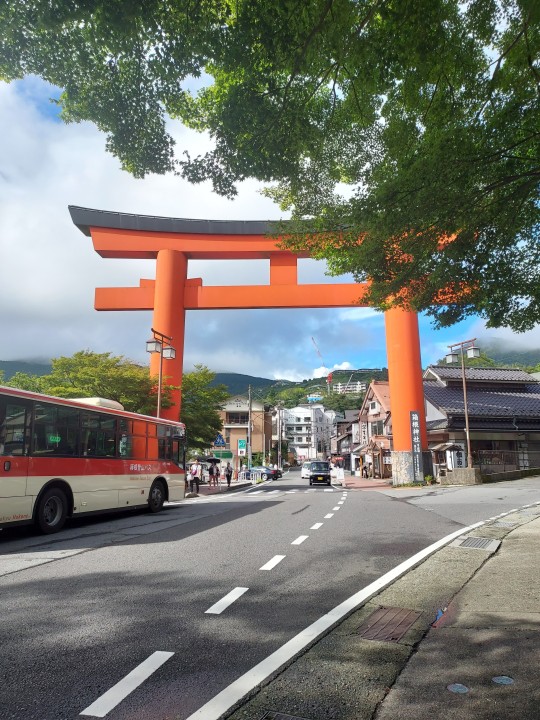
🤔 But wait... There's a torii in the middle of this perfectly ordinary street!
Sometimes the first torii is way ahead of the shrine, or sometimes it just marks an important spiritual spot. If the torii is on your way somewhere, you can just do whatever. Bow if you want, walk beside or under the torii... I've seen a whole-ass bus pass through a giant torii, it's fine.
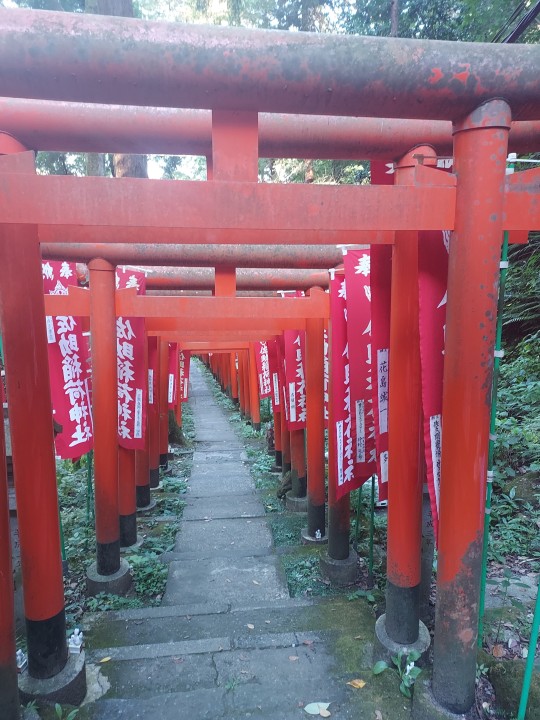
🤔 There are several torii on the way to this shrine... Does it mean I'm entering deeper into the spiritual world? Do I have to bow every time?
I actually had to ask a miko (shrine volunteer) for this one. Basically, a torii acts as a gate for the kami to access the shrine. When there are multiple torii, they serve as milestones or lanterns, guiding a kami on the way to the shrine. (Which makes me think that Inari must have some serious orientation problems.) You don't have to bow every time. My advice would be to bow at the first torii and/or the biggest torii, at the torii marking inner shrines (in a multi-shrine complex) if you're visiting them, and at the torii marking the altar itself.
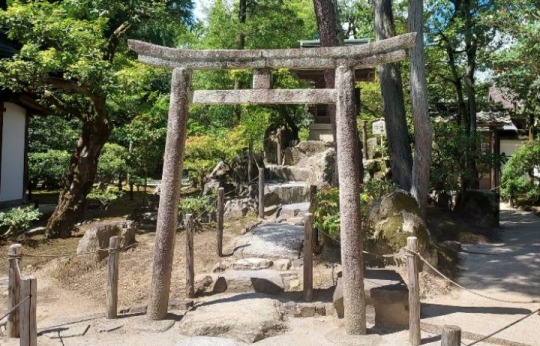
🤔 Why the heck is there a torii in this buddhist temple?
Buddhism (from India) and Shintoism (Japan's native religion) are pretty much merged in Japan, and they adopted symbols of each other's religion. Hence why you can occasionally see torii in buddhist temples, and honju shapes in shinto shrines. Although, a temple's torii will usually be plain unpainted wood, or stone.
You can also find torii leading to shinto shrines inside buddhist temples, for multiple reasons: the kami is the shinto equivalent of the local buddhist figure (yes that's a thing), the kami is here to protect the buddhist figure, or the kami is just... there. It just is.
The tori's red color is usually considered to be a way to repel demons. Torii can also be used as an offering, as is often seen in shrines to Inari (see: the world-famous thousand torii of Fushimi Inari Taisha).
21 notes
·
View notes
Text
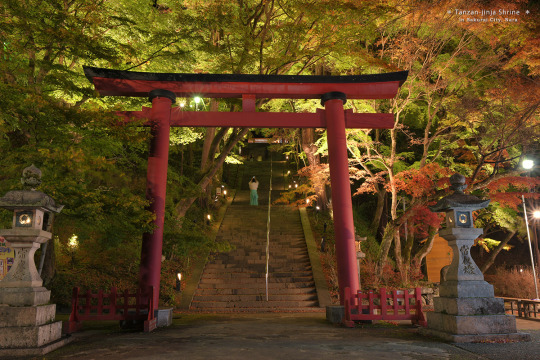
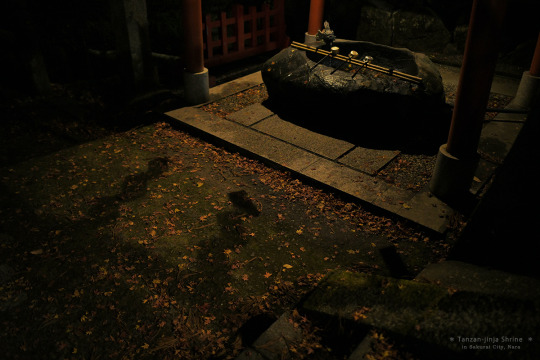
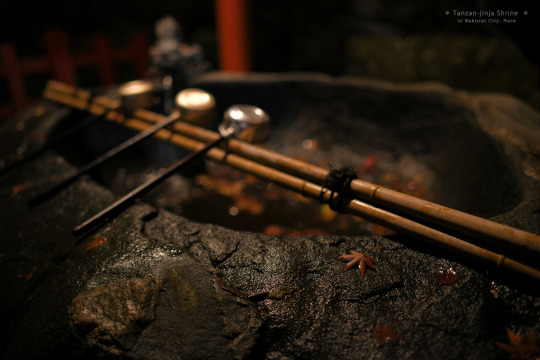

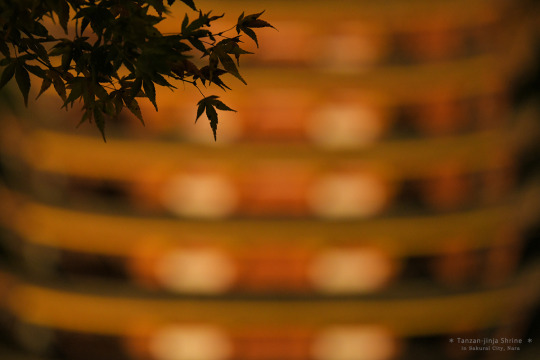
【談山神社】
2022年11月22日撮影
29 notes
·
View notes
Photo
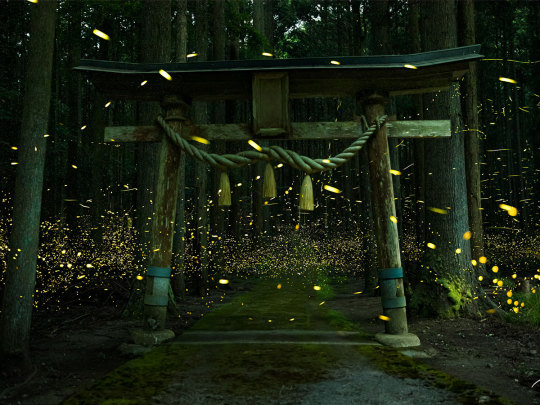
148 notes
·
View notes
Video
20230812 Gifu-Yamagata 3 by Bong Grit
Via Flickr:
更に南下して稲荷神社。 @Inari shrine, Yamagata city, Gifu pref. (岐阜県山県市伊自良地区 稲荷神社)
#Shimenawa#Rope#Shrine's gate#Gate#Stone#Torii#Shide#Paper#Green#Tree#Trees#Nature#Plant#Shinto shrine#Shinto#Shrine#Inari shrine#Ijira area#Yamagaya#Gifu#Japan#RICOH#RICOH GR3x#flickr
7 notes
·
View notes
Photo
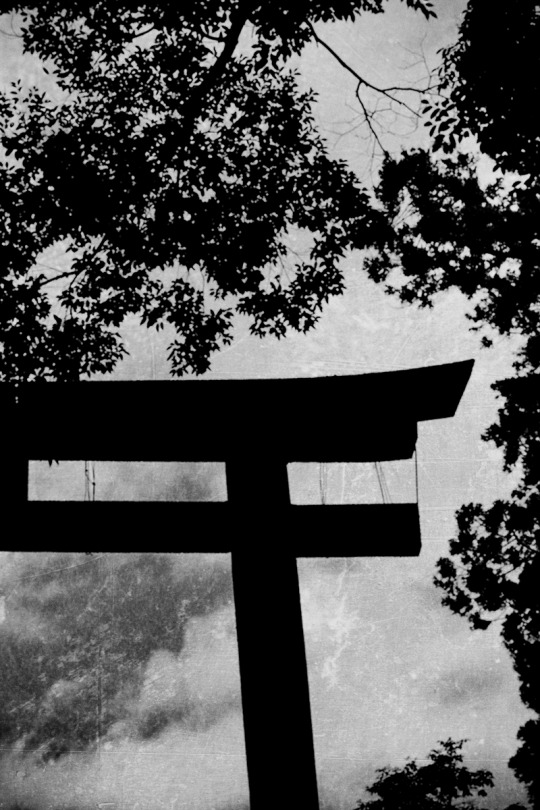
Jumy-M
Hatsumoude / 初詣
#神社#鳥居#Shinto shrine#torii gate#japan#jumym#photographers on tumblr#During Hatsumode people make prayers and wishes for a very good year
399 notes
·
View notes
Text

Fushimi Inari Shrine
Kyoto, Japan
72 notes
·
View notes
Text

The Senbon Torii. @travelgraphics @japan
#original photography#photographer on tumblr#pws photos worth seeing#torii gate#vermilion#shinto#nezu shrine#shadows#bunyo ward#tokyo#japan#travel#religious#spiritual#stone trail#photograpy
28 notes
·
View notes
